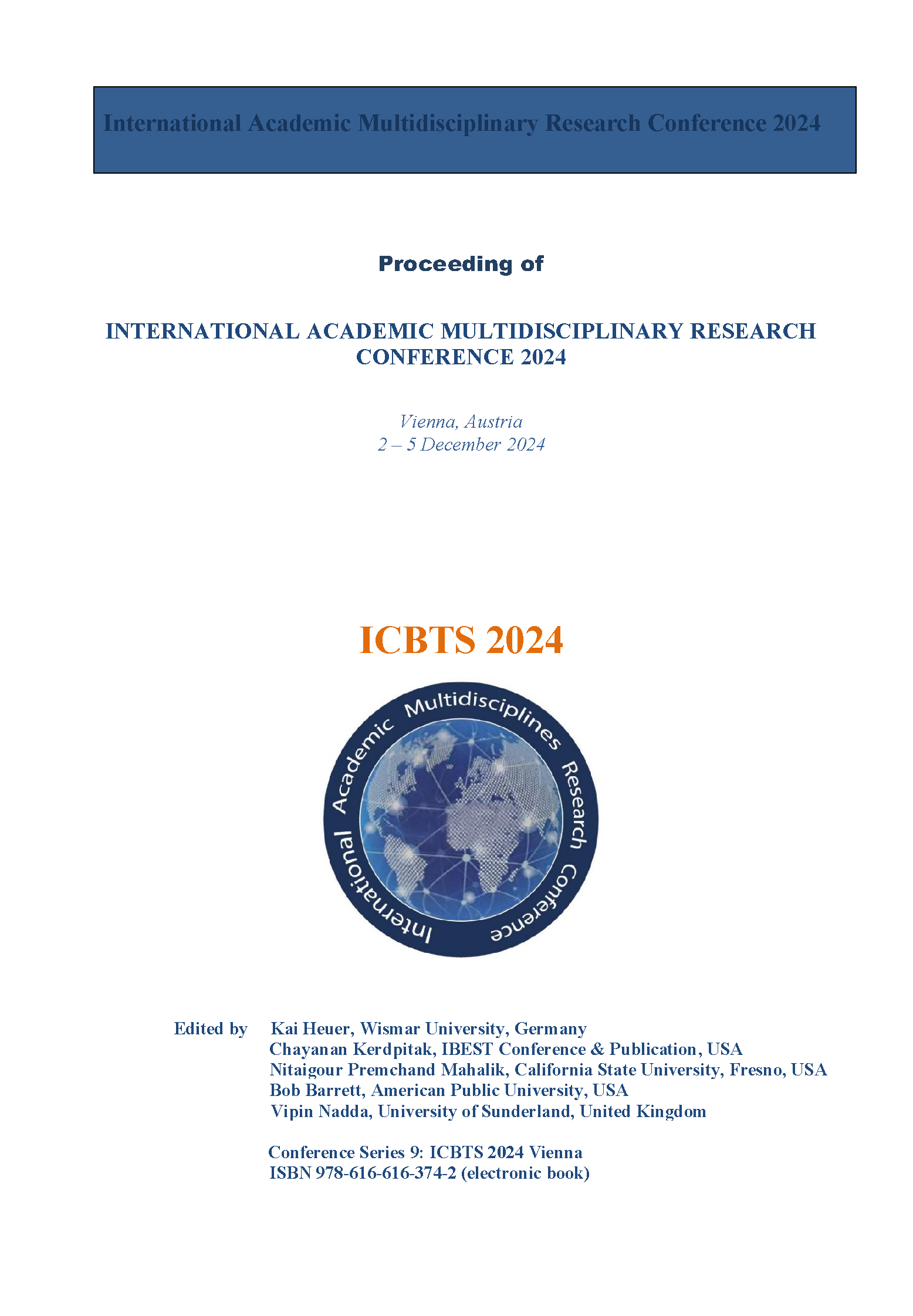The study of the response words in elements Japanese Textbooks
Abstract
In the early stages of learning Japanese, students are introduced to the usage of the response words "hai" (yes) and "ee" (yeah). However, beginner-level textbooks often do not provide clear distinctions between "hai" and "ee," making it difficult for learners to understand when each should be used. "Ee" is found in these textbooks, but there is little explanation as to why "ee" is used in certain situations instead of "hai," and the conditions for its use are not clearly defined. As a result, students may misuse these words, using them in inappropriate contexts. This leads to incorrect usage, which can hinder their ability to communicate naturally in Japanese. To address this issue, teachers should provide accurate and precise instruction on when and how to use "ee." This would help reduce learner errors and foster more natural communication in Japanese. This paper aims to analyze the response words "hai" and "ee" in beginner-level Japanese textbooks, clarifying their usage, distinctions, and syntactic conditions. It also examines whether "ee" can serve as a substitute for "hai."


